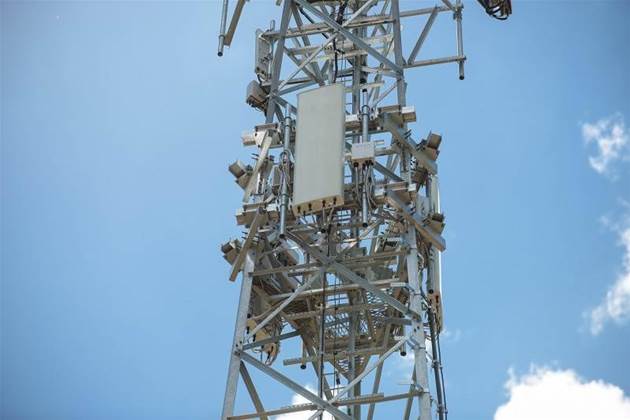Optus has run into interference when trying to co-locate antennas on other operators’ towers in regional areas, an admission that is likely to reinvigorate calls for a crackdown.

The telco’s decision to wade in on the controversial issue bolsters the position of Vodafone, which called out problems co-locating on partially government-funded towers under the mobile blackspots program last year.
Optus doesn’t specify whether its comments relate to the blackspots scheme - or indeed which party ran interference - but its admission confirms Vodafone is not alone in battling to share space on regional infrastructure.
In a submission [pdf] to the regional telecommunications review, Optus said it “would welcome further investigation and discussion into processes that remove obstacles to greater use of co-build in regional areas.”
It said improvements could include “standard reference designs, outlining cost and technical parameters for sites that accommodate one, two and three MNOs [mobile network operators]. This will ensure that lead MNOs do not change designs in order to game the system or to impose costs on [the] colocating party”, Optus charged.
Optus also suggested that a formal process could be run every quarter “declaring areas where MNOs wish to invest in new sites. MNOs would then be able to notify any intent to colocate, which would then trigger a formal process.”
Vodafone appeared to expand on Optus’ grievances in a submission [pdf] of its own, which also alleged specification impropriety.
Vodafone said co-location terms “greatly favoured Telstra and were the result of bilateral negotiations between the Department of Communications and Telstra without any consultation with other mobile operators.”
“Telstra managed to agree with the Department a specification for co-location space on its towers which Telstra knew was substantially less than the minimum required for the standard space and weight requirements of co-location seekers and therefore rendered co-location on most round one sites practically impossible,” Vodafone alleged.
“Telstra also insisted on standard co-location pricing despite having received substantial subsidies (~50 percent) for the capital costs of building its towers.
“To add insult to injury, Telstra defined the backhaul service it was obliged to provide to other operators in a manner which effectively doubled the cost of transmission compared to commercially available rates. Telstra also insisted that this was the only structure under which transmission to black spot sites could be procured.”
Vodafone has previously not elaborated on the problems it says it has faced trying to co-locate equipment on other telcos’ towers to this extent.
Bilateral buy-in
Optus suggested that, outside of the regional telecommunications review, an Australian Competition and Consumer Commission (ACCC) inquiry into the facilities access code could act as a vehicle for change.
Optus, though, is conspicuously absent from the submissions to that process which have also been published in the last week.
Telstra told the ACCC inquiry [pdf] that it had “established processes and agreed commercial arrangements with most carriers (including Vodafone, Optus and NBN Co) to jointly develop greenfield” tower sites and that those arrangements “are working effectively”.
To Optus’ call for better visibility into future regional and remote builds, in order to scope co-build or co-location opportunities, Telstra said that a process had been agreed “ following the ACCC’s Regional Mobile Issues Forum”.
“Vodafone, Optus, TPG and Telstra have agreed a high level process to enable the timely sharing of short-term deployment plans in outer regional and remote areas,” Telstra said.
“The objective has been to develop a process to encourage carriers to proactively test
interest from other carriers for co-building opportunities.
“The high level process includes the sharing of deployment plans in an agreed format, and within a defined timeframe, so that other carriers may consider co-building and therefore sharing costs associated with development and planning applications and building of infrastructure.”
Telstra said it was proof that the industry could solve its problems “absent regulatory intervention or guidance”.
Vodafone offered a different take on the effectiveness of bilateral arrangements.
“While there are bilateral facilities access agreements between MNOs, Vodafone’s experience is that these agreements are strongly biased towards vertically-integrated infrastructure owners,” it said. [pdf]
“This bias can arise at many stages in the negotiation, including in the design of facilities themselves so as to hinder effective sharing.
“The commercial incentives for Telstra, in particular, in regional areas are not conducive to sharing, hence there are rarely any pre-build discussions between MNOs.”



.png&h=140&w=231&c=1&s=0)

_(20).jpg&h=140&w=231&c=1&s=0)





 iTnews Executive Retreat - Security Leaders Edition
iTnews Executive Retreat - Security Leaders Edition












_(1).jpg&h=140&w=231&c=1&s=0)



